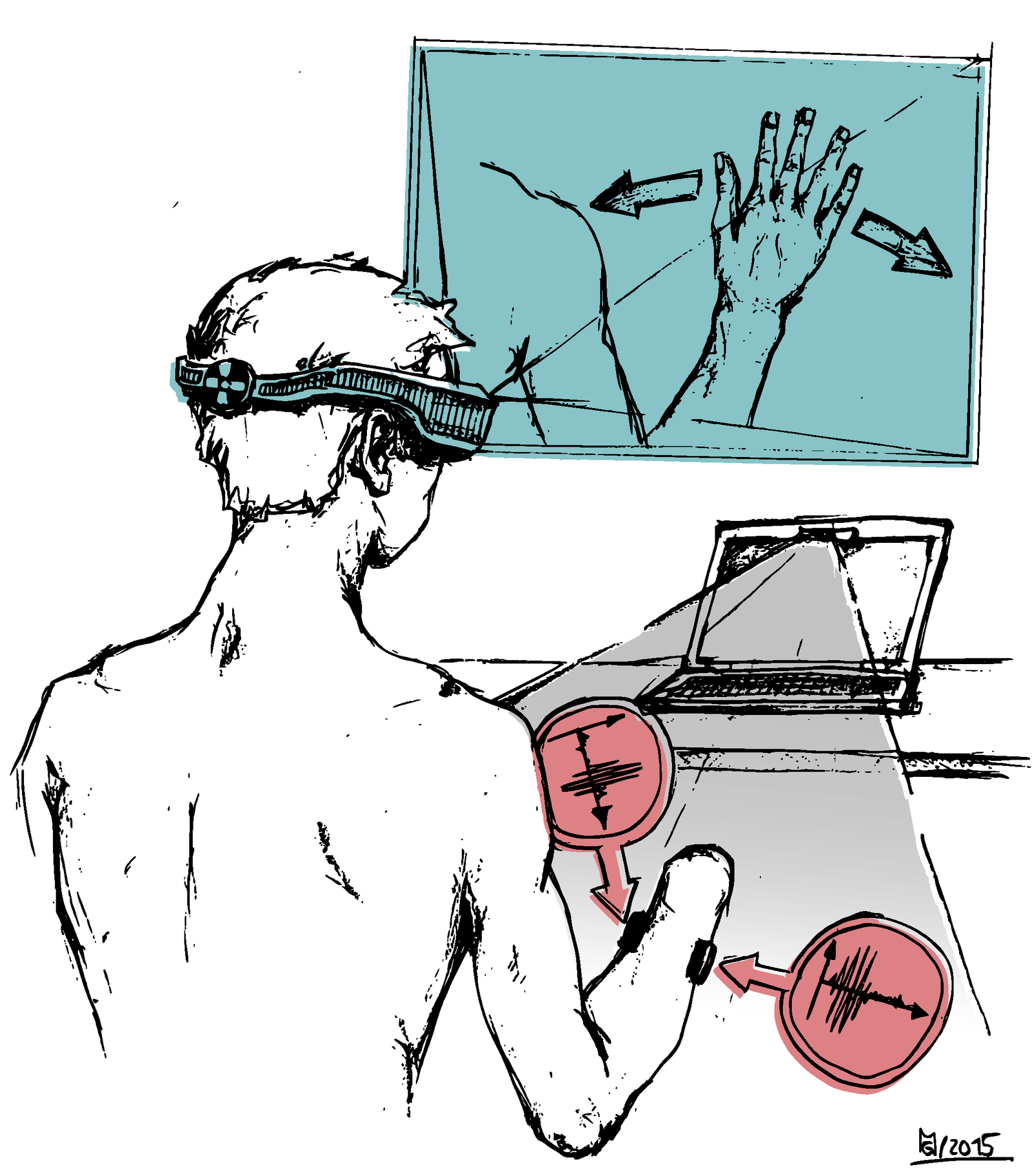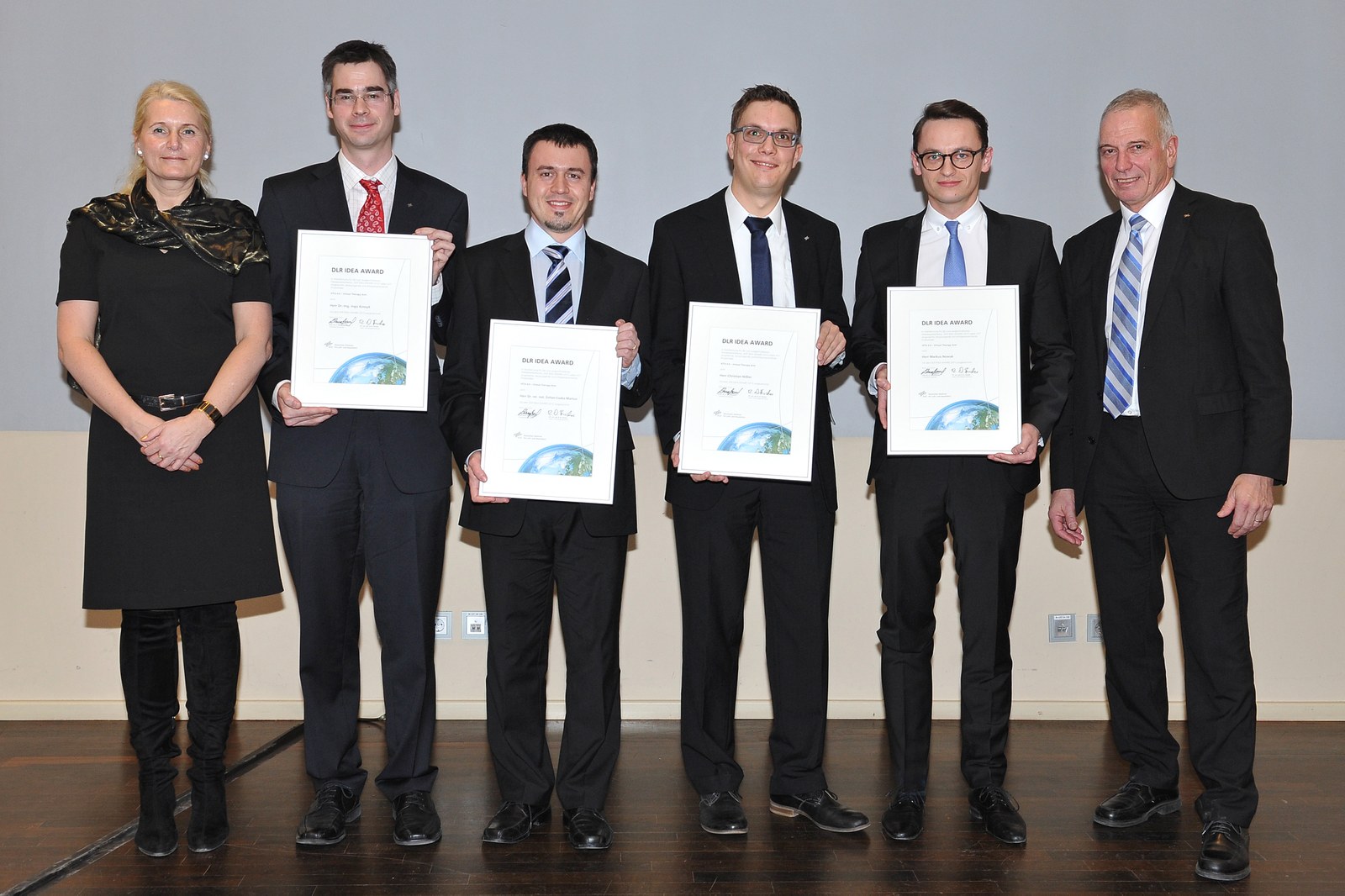VVITA
In VVITA we will build up to 5 virtual reality setups, similar to the prototype developed in the former project Vita, and deploy them at corresponding partner institutions: hospitals, rehabilitation centres, retirement homes. Each partner will receive a VR setup, a VR environment operated through an advanced human-machine interface, and advice on how to operate it; the partner's task is to recruit patients and have them perform virtual rehabilitation exercises, then to send us the related data. At the end of the project we hope to have validated the approach, with the aim of then turning it into a product.
Duration | 2019-02-01 until 2022-12-31 |
Project partners | |
Fields of application | • rehabilitation robotics • assistive robotics • virtual reality • serious games |
Funding |
In the VVITA virtual environment, an impaired user can control a fully functional representation of her impaired limb(s) in virtual reality. This control and the detection of the intented movement is based on their own muscle signals and a state-of-the-art machine learning system. The intent detection can likely happen on a range of different patients: lower- and upper-limb amputees, stroke and haemorrage survivors, spinal and musculoskeletal degeneration patients, elderly people with severe motion impairments.
VVITA is based upon the rock-solid prototype we developed in the Vita project, which won the 2015 DLR Idea Award. Here we extend the prototype to a user-friendly system that will be implanted in clinics and rehabiltation centres. With the help of a qualified VR game / environment designer, several different scenarios will be developed - for example, a kitchen environement, simulated driving, biking, operating a computer keyboard, and so on.
The aim of VVITA is, in two years, to recruit patients, have them perform the desired exercises in virtual reality, then collecte data and statistics from them, clearly indicating the effectiveness of the approach in the chosen fields of application.



